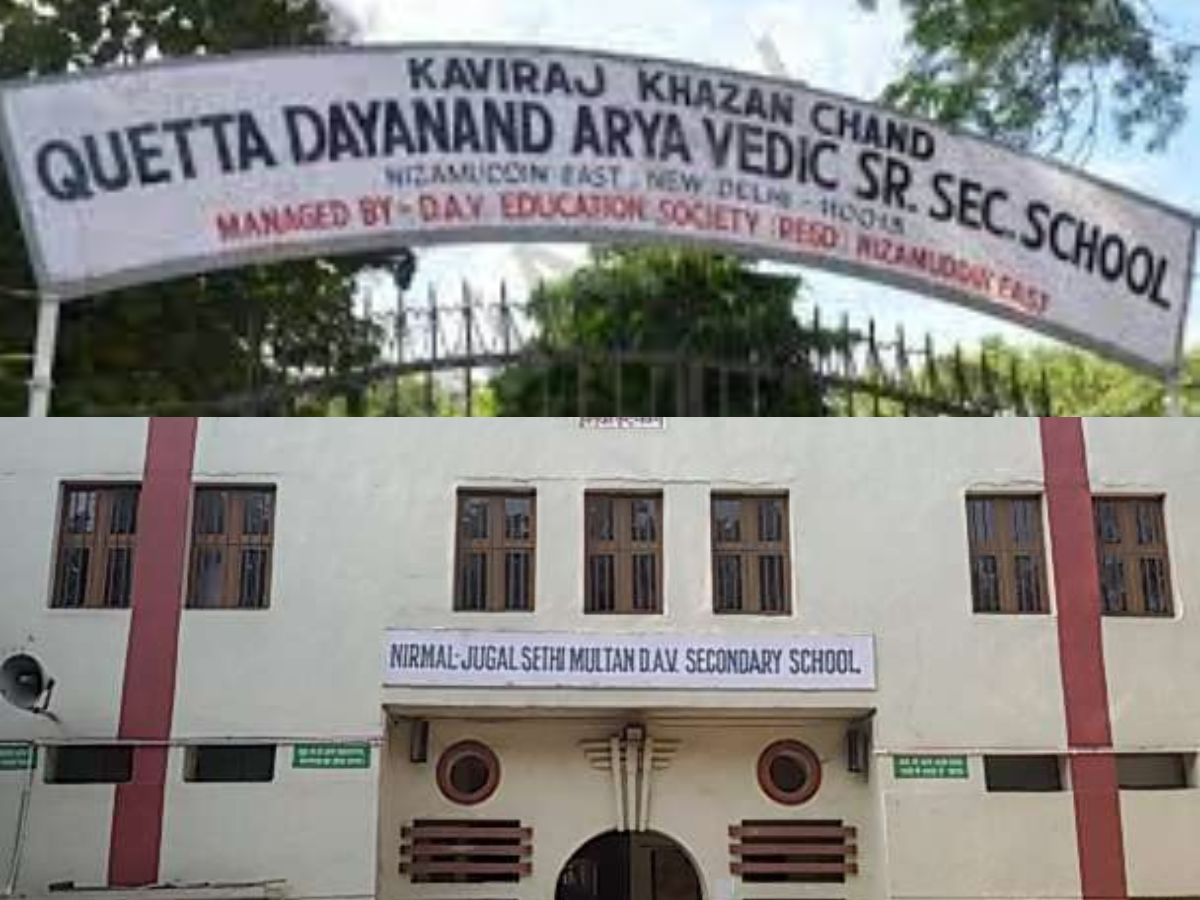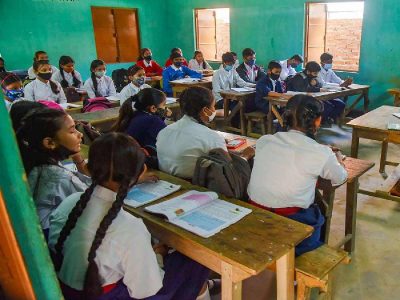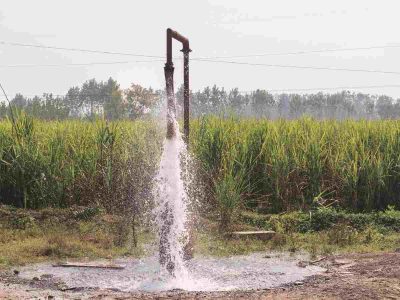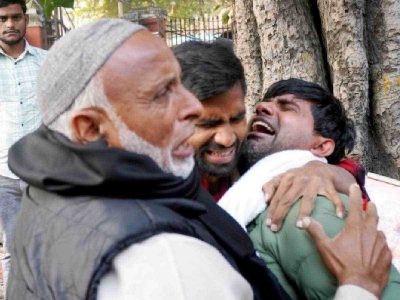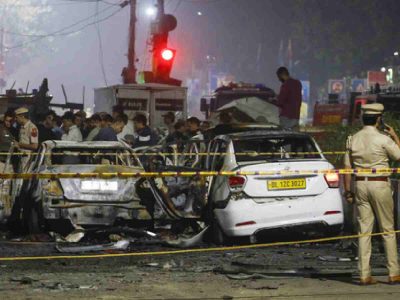While there are over one hundred gurudwaras in Delhi, the name of this one would immediately attract your attention. If you are in and around Deshbandhu Gupta Road in Karol Bagh, there is every chance that you would pass through ‘Gurudwara Refugee Singh Sabha’. The word ‘refugee’ in the name of gurudwara would surely surprise you. After all, you would never come across any gurudwara with such an unusual name. Naturally, you move inside the venerable place to enquire as to why this gurudwara has such a unique name? Inside the gurudwara, you meet Sardar Dharam Singh, the caretaker of Gurudwara Refugee Singh Sabha.
When Muslims left Karol Bagh
“After the Partition in 1947, many refugees migrated from Pakistan to Delhi and other parts of the country. That was the time when dozens of refugees also settled in Karol Bagh, Anand Parbat and Desh Bandhu Gupta Road. Many of them had occupied the houses vacated by Muslims who left for Pakistan. After settling down for just one year here, the Hindu-Sikh refugees built this Gurdwara and named it as Gurudwara Refugee Singh Sabha,” says the affable Dharam Singh.
When the Gurudwara was built, there was no Desh Bandhu Gupta Road. The road was known as ‘Original Road’. It was in late 1960s that Original Road became Desh Bandhu Gupta Road.
“Hindus and Sikh refugees, who migrated from Rawalpindi, Sargodha, Lyallpur and various parts of Punjab, pooled money to build Gurudwara Refugee Singh Sabha. It was a kuchcha structure to start with, but later it was nicely built under the watchful eyes of S. Pritam Singh who was President of the gurudwara. “The likes of Hazur Singh, Harnam Singh Chawla, Professor Joginder Singh of Khalsa College, Lala Mool Chand, Lala Veer Bhan, Jugal Kishore, Gurbachan Singh, principal of Khalsa College, Giani Atma Singh and Tirath Singh spent their blood, sweat, tear and toil to build it,” informs Kulbir Singh, a banker whose father Giani Aas Singh served the gurudwara as a Granthi for decades together till his death in 2010.
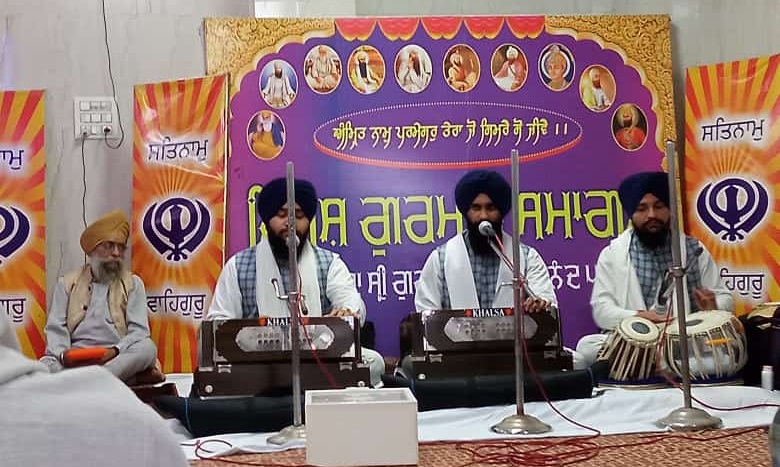
Alas, Gurudwara Refugee Singh Sabha was vandalised and burnt by the goons in the gory anti-Sikh riots in 1984.
This gurudwara was a melting pot for the refugee community that had settled here. Even Sindhis of Karol Bagh, Rajinder Nagar, Patel Nagar and nearby areas visit here for prayers. And who can forget a lady well-known here as Sindhi Mata ji. She used to start the Jhadoo Sewa (cleaning the gurudwara) daily at 2.30 am for almost 50 years till her death. Says Kulbir Singh, “We would never tweak with the name of our gurudwara. This gurudwara has a history and as and when someone talks about partition of India and Delhi, he would have to talk about our gurudwara.”
Of course, he is right.
Market for refugees
From Gurudwara Refugee Singh Sabha, let us move to Refugee Market. It is just at a shouting distance from famous Bengali Market. Refugee Market, which started in early 1950s at Babar Road, was built so that shops could be allotted to those who were uprooted due to Partition. Refugee Market can be called the poor cousin of Bengali Market.
Generations of Modern School students have purchased their books from legendary Manchanda Bookstore of Refugee Market.
“It is said that Naresh Goyal, founder of Jet Airways, used to visit here for dinner when he arrived from Punjab and lived in a Bengali Market barsati,” says Sandeep Wahal, an old resident of Bengali Market area. Meanwhile, shops at Khan Market, Khanna Market, Meharchand Market, Kamala Market, Janpath Market, Shanker Market and Yousaf Zai Market were allotted to refugees.
Multan mattered in Delhi
Without an iota of doubt, the refugee community did yeoman service in the field of education.
They started opening schools here in the name of cities they had left behind. For instance, the strong Multani community was behind the opening of Multan DAV School in Rajinder Nagar. They had also built Multan Nagar in Paschim Vihar. They claim that it is they who had introduced paneer cuisines like matar-paneer, paneer tikka and aloo paneer to Delhi.
“Multani community is the largest in Delhi and NCR among all the refugee communities. They are very well-knit and ensure that their younger generations speak Multani,” informs SK Gambhir, a well-known Income Tax consultant.
Then we have Rawalpindi DAV School in Malka Ganj. As the name suggests, it was built by those who came from the garrison town. They had also built Friends Colony. In Nizamuddin, there is Quetta DAV School. Quetta is the 10th most populous city in Pakistan. It is the capital of Balochistan. Vijay Kumar Malhotra, senior BJP leader, was one of the founders of Quetta DAV School.
If you go to New Rajinder Nagar, you would see Dera Ismail Khan School. It is also known as D.I. Khan School. Dera Ismail Khan district is located in Khyber Pakhtunkhwa. It is around 300 kilometres from Peshawar.
Do the residents of Mianwali Nagar in west Delhi know that deposed Pakistan Prime Minister Imran Khan contests elections from Mianwali?
In west Delhi, there is also Bhera Enclave. Bhera is the ancestral seat of the Khukhrain clans of Punjabi Khatri Hindus/Sikhs. Some of the clan names are Kohli, Sethi, Sahni and Suri. Bhera is a city and a tehsil of Sargodha district of Punjab in Pakistan.
Sindhi bastion in south Delhi
The enterprising Sindhi community too made their presence felt in Delhi. They have started Hemnani Public School in Lajpat Nagar in 1978. It is perhaps the only school in Delhi where Sindhi is taught as a subject. Shrikant Bhatia, a known activist of Sindhi community, says, “Sindhis in Delhi are mostly doing business. They generally came here from Larkana (Bhutto family too hails from there), Karachi, Hyderabad Sindh. Posh Mayfair Garden in south Delhi is the bastion of Sindhis in Delhi. It was built thanks to the untiring efforts of GG Mirchandani, general manager of UNI and Sunder Vachani, the founder of Weston TV.”
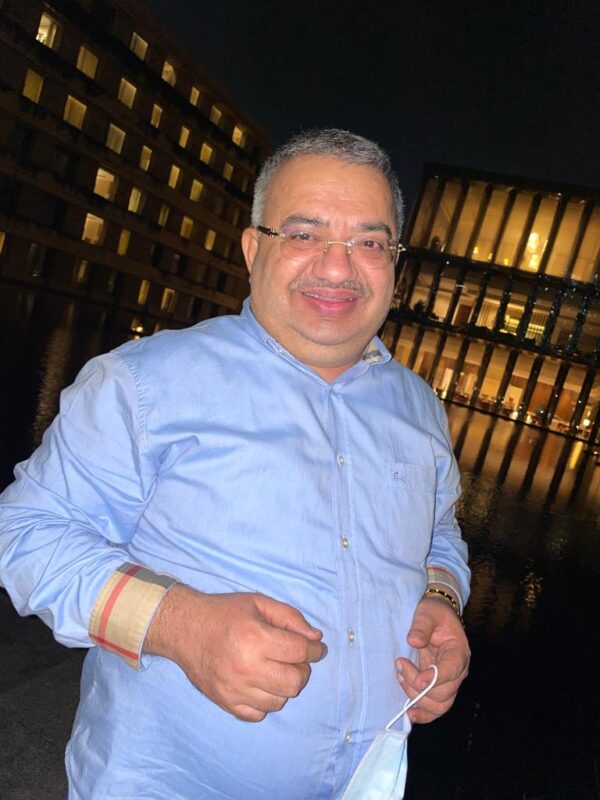
Lastly, refugees from Lahore have built big hospitals here. Sir Ganga Ram Hospital, BL Kapur Hospital and Moolchand Hospital were all started by those who came from Lahore.
The original branch of Sir Ganga Ram Hospital is still running in Lahore.
In Delhi, it started in 1951. Dr BL Kapur Hospital was also there in Lahore before 1947. It started in 1959 in Delhi. Moolchand Hospital management too traces their roots to Lahore.

